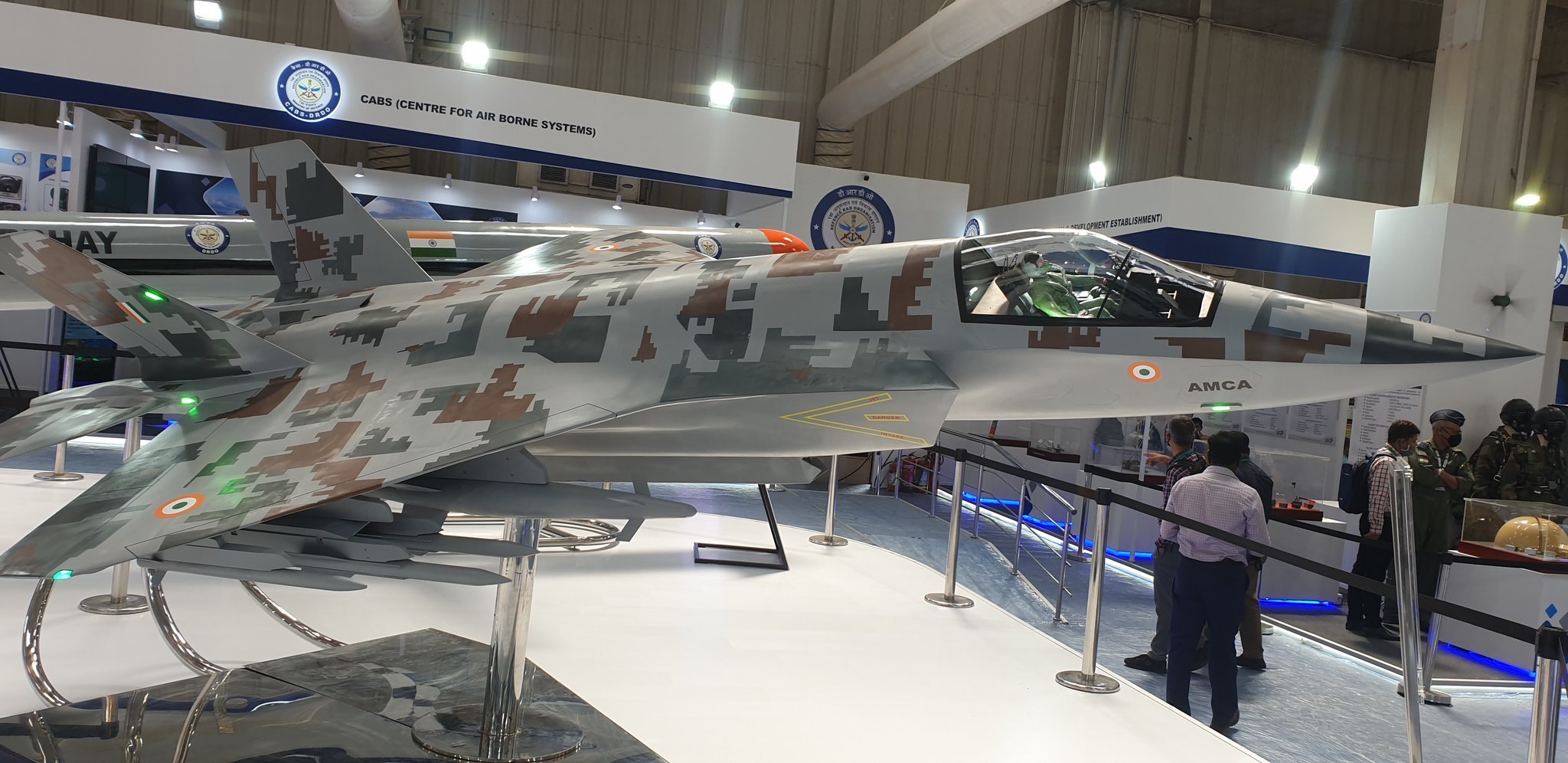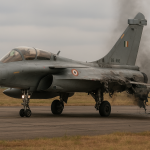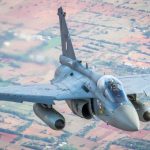India’s Aeronautical Development Agency (ADA) has officially finalised the paper design for the Advanced Medium Combat Aircraft (AMCA), marking a historic step in the country’s pursuit of indigenous fifth-generation stealth fighter capabilities. The prototype is slated for rollout by 2027, positioning India alongside the world’s leading powers in advanced combat aviation.
A Leap Toward Indigenous 5th-Generation Fighters
The AMCA program has evolved into a 25-tonne twin-engine fighter capable of Mach 1.8, with some projections suggesting speeds up to Mach 2.15. With an operational range of 3,240 km, combat range of 1,620 km, and service ceiling of 20,000 meters, the aircraft is designed for high-end air superiority and strike missions.
The program, approved by the Cabinet Committee on Security in 2024 with a ₹15,000 crore ($1.8 billion) budget, will develop five prototypes. Three will focus on flight trials, while the remaining two will integrate weapons systems and validate performance.
Dual-Mode Stealth and Combat Flexibility
The AMCA’s design allows dual-mode operations: stealth mode with internal weapons bays for covert missions, and non-stealth mode using external hard-points to carry up to 5 tonnes of ordnance. This dual capability ensures versatility across various combat scenarios.
AI-Powered Electronic Co-Pilot
A groundbreaking feature is the AI-assisted electronic co-pilot, which supports the human pilot in threat assessment, route optimisation, and decision-making during high-intensity missions, effectively replicating the role of a weapons systems officer in single-seat configuration.
Indigenous Weapons and Sensor Suite
The AMCA will rely on fully indigenous weaponry and sensors, including Astra BVR air-to-air missiles, Rudram anti-radiation missiles, and BrahMos-NG supersonic cruise missiles. Its advanced AESA radar, IRST systems, and electronic warfare suites provide 360-degree situational awareness.
Engine Development and International Collaboration
The initial AMCA MK-1 will use US-made General Electric F414-GE-INS6 engines, while the AMCA MK-2 will feature an indigenously developed 110 kN engine from DRDO in collaboration with international partners like SAFRAN. This transition reflects India’s long-term goal of self-reliance in critical defence technologies.
Future-Ready Platform
The AMCA is designed for modular upgrades, including potential integration of sixth-generation technologies such as directed-energy weapons, loyal wingman drones, and network-centric warfare systems.
The AMCA program underscores India’s growing technological capabilities and strategic vision, establishing the nation as a key player in global aerospace and defence innovation.













